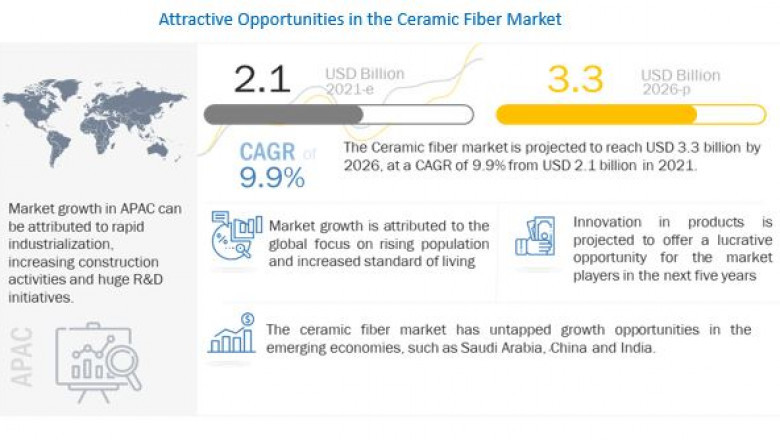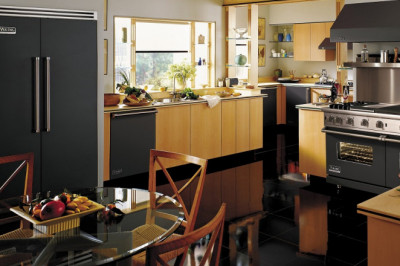views

According to the new market research report "Ceramic Fiber Market by Type (RCF, AES Wool), Product Form (Blanket, Module, board, Paper) End-use Industry (Refining & Petrochemical, Metals, Power Generation), and Region (APAC, Europe, North America, MEA, South America) - Global Forecast to 2026", the ceramic fiber market is projected to reach USD 3.3 billion by 2026, at a CAGR of 9.9% from USD 2.1 billion in 2021.
Ceramic fiber is a type of fibrous and lightweight refractory material mainly consisting of alumina, silica, and other oxides in small proportions. Its low-density properties make it suitable for high-temperature applications that require low thermal mass. Ceramic fiber products exhibit thermal stability, good electrical insulation, strength, durability, design flexibility, and wear & corrosive resistance. Owing to their low thermal conductivity, ceramic fiber products minimize the heat dissipation from the furnace or kiln and help in overall energy-saving.
RCF ceramic fiber is the largest type segment of the ceramic fiber market. APAC was the largest market for ceramic fiber in 2020, in terms of value. Factors such as increasing demand from power generation and refining & petrochemical industries will drive the ceramic fiber market.
The dominance is expected to continue during the forecast period due to intensive R&D, increasing infrastructural development activities, and increasing awareness created by regulatory organizations, such as EPA and REACH, for environmental protection. Intensive R&D activities are being undertaken in countries, such as China and India. In addition, increasing construction activities to cater to the increasing population and high demand for lightweight and low-cost substitute products are fueling the growth of the ceramic fiber market in the region.












